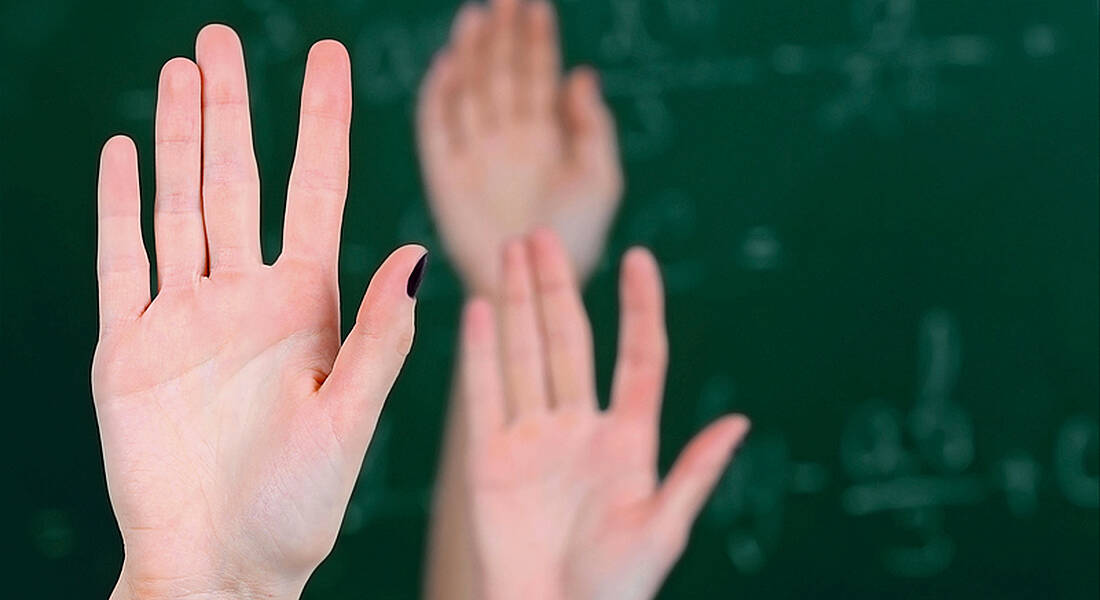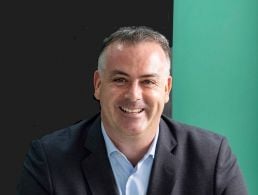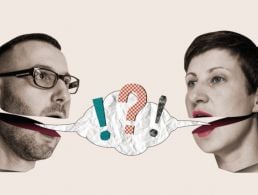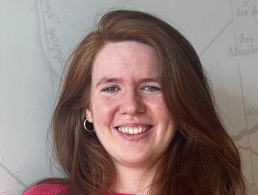There are few schools in Ireland that have put as much of a focus on science, technology, engineering and maths (STEM) as Christ King Girls’ Secondary School in Cork.
Advocating for STEM in Irish schools has never been more important than at this very moment given that, as recently as last May, a senior academic at Trinity College Dublin (TCD) warned that fundamental reform in Ireland’s education system is needed if the digital skills gap in Irish society is to be bridged.
The report highlighted some rather startling details about the state of digital education in Ireland, such as a 500-student school that had just one computer for every 20 students, and a number of other schools had no access to the internet or Wi-Fi.
However, one school in Cork is not looking to be left behind when it comes to STEM education – Christ King Girls’ Secondary School.
Led by its principal, Mary Keane, the spark that started the school’s uptake of STEM teaching and guidance followed its first entry into the BT Young Scientist and Technology Exhibition (BTYSTE) a number of years ago.
Not only that, but the school decided that, given the rising demand in STEM jobs in the various sectors, subjects such as applied maths, design and communications graphics would be added to the curriculum for students.
Now the school has six science labs, a demonstration room and two computer labs, making it one of the best facilitated schools in the country.
‘Success breeds success’
This, Keane said, was not just the school pushing ideas on the students, but rather the other way around, citing previous successes at BTYSTE, the Eir Junior Spiders and SciFest, as well as student Rose Anne O’Mahony, who reached the finals of the Google Science Fair in 2015.
“Success breeds success,” Keane said in conversation with Siliconrepublic.com, “and it is our responsibility as educators to provide the opportunities and courses for students to develop their interests in STEM subjects”.
Echoing this sentiment, Conor Desmond, the school’s maths, applied maths and technical graphics teacher, said: “We are moving at an exponential rate towards a more technologically-based social and industrial environment.
“If we do not equip our students with the skills to cope, strive and succeed in the space we are failing in our duty as educators.”
One of the maths competitions held in Christ King. Image via Cait Watkins
What is being done at the student-teacher level?
As Keane mentioned, BTYSTE plays a huge role in taking students from having a vague interest in a STEM subject, to them letting their imaginations run wild with the possibility of creating a device or concept that could potentially change the world.
But aside from yearly events like this, there has been considerable interest in Christ King’s regular maths and computing competitions held between students, with many willingly taking their time during and after school to really challenge themselves.
“I think the competitive element and the team element makes it more exciting,” said maths teacher, Edel Ryder-Hanrahan.
“And I think that, sometimes, working on a problem just to solve it, rather than to prepare for a test, can allow the actual joy and beauty of maths and logic to shine through.”
Outside of school, too
It’s not all about just maths and computing, however, as the school’s science and chemistry teacher, Denise Quilter, explained. Events like Science Week, held each November, see the students leave the school’s boundaries for a range of activities.
These include trips to the nearby Blackrock Observatory, DNA and forensic workshops with a number of travelling workshops, and some additional outside competitions like the CEIA Lego Robot competition.
This latter programme gives the students – in collaboration with local universities – the opportunity to build a Lego robot and program it to navigate a maze using a number of sensors.
While many of these initiatives would be heralded in any school in Ireland, especially given the findings of the previously-mentioned report, there’s an added importance for these activities to be offered in girls’ schools, given the lower numbers of girls and women taking up STEM careers.
This, many of the teachers who spoke to Siliconrepublic.com said, makes the STEM emphasis at Christ King that much more important.
Swinging the pendulum
Students participating in the Hour of Code. Image via Cait Watkins
“Women have been under-represented in [STEM] fields for so long that they aren’t an immediate and automatic choice for secondary schools in Ireland,” said Ryder-Hanrahan.
“This is the reason why we need to swing the pendulum a little harder in the direction of STEM when it comes to teaching young women – so that they can take their place in pushing for a better future that represents the entirety of the human race, and not just the male half of it.”
Based on the evidence, Principal Keane noted, it’s having a noticeable effect on the school’s output of STEM undergraduates, with many Christ King alums going on to study subjects like electrical engineering and product design, as well as the medical, biological and chemical sciences.
With many of the programmes undertaken by Christ King being based on an easily-replicable model, you could argue that it wouldn’t take much for other schools in Ireland to copy a winning formula.
But what does it actually take for a principal or teachers in another school to achieve this?
Keane says that it’s largely down to moving away from what’s considered the norm, and looking “outside the box”.
“Take a look at developments in the computer and engineering industries,” she said. “With a talented, enthusiastic staff, schools will find teachers eager and willing to share new expertise with their students.”
Raised hands image via Shutterstock
Looking for jobs in tech or science? Check out our Featured Employers section for information on companies hiring right now.




